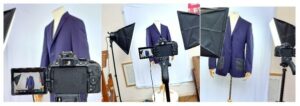During the early part of 2020 when the COVID 19 pandemic hit, the world suddenly became a very different place and the Archive and its team had to adapt to these new challenges. The global pandemic resulted in closure of physical spaces and restrictions on accessibility for nearly 2 years. ‘Weaving the Web’ came from a recognition that the Archive needed to adapt to survive. Without the physical presence of our visitors, researchers, and local community in the Archive we had to think about how we could embrace a digital world not only in the short term but also to improve our overall accessibility in the longer term.
Our Weaving the Web Project is a National Lottery Heritage funded project which acknowledges that preservation of our textile history here at Sunny Bank Mills is vital, but that in order to survive, our Collection must be accessible to all. We needed more digital resources, and to provide the Collection with digital resilience by enabling better accessibility and inclusivity of and for the local community.
Three years on from the idea, and 12 months after the project started it’s finally our ‘TaDa’ moment. We have created an Online Collection which launches this week and currently features 50 unique objects from the Archive that can now be viewed from every angle and close up too, thanks to 360 degree photography.
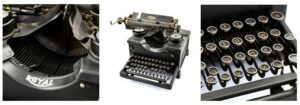
As well as allowing access to our unique Collection from anywhere in the world and inspiring people to come and visit us in person, our Weaving the Web project also allows us to undertake condition surveys of some of our most fragile objects. Our rusty old cauldron has definitely seen better days and is likely to disintegrate completely over time. By 360 photography methods we have preserved it for posterity.
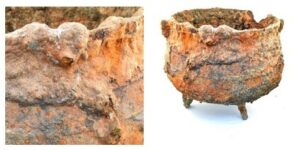
As part of Weaving the Web we have facilitated more than 10 workshops with different community groups; the aim of these has been to allow participants to learn how to create virtual representations of objects using a variety of digital technologies, and be inspired to think critically about the significance of accessing archival materials through these technologies. We have had to put aside our preconceptions!
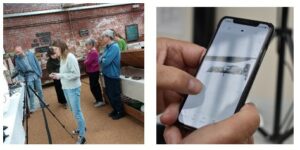
Bringing the Archive to life in a digital world hasn’t always been plain sailing. If only all our objects were small, non-reflective and fitted in our light tent! But where would the fun be in that? We have loved rising to the challenges thrown at us and seeing the oldest objects in the Mill alongside the newest technology even if we have to rebuild our workspace every time.
Making flat paper objects interactive has also had its challenges. But just as the designers of the 1940s were creative when they re-used these cash books when there was a paper shortage, we have had to find different ways of displaying our objects in interactive 3D by allowing turning of the pages as well as rotation of the books.
Throughout the project, and with accessibility always at the fore, we also partnered with the Specialist Inclusive Learning Centre in Farsley to get input from their students. This included designing the logo, setting up an enterprise scheme to produce some of our merchandise for the project and attending the photography workshops, as well as workshops run by our web and photography partners Split Pixel and Dr. Tom Jackson.
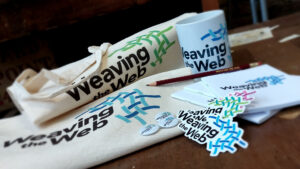
If you would like to explore the Online 3D Collection please click here
Back To Blog Next (Threads update from resident weaver – David Fox) Prev (Keeping safe in the Mill)Tags
General Museum & Archive

